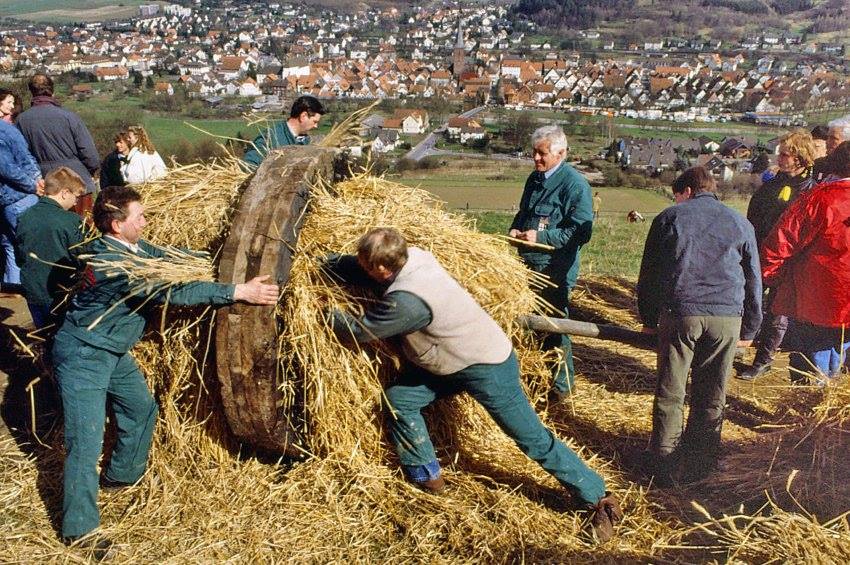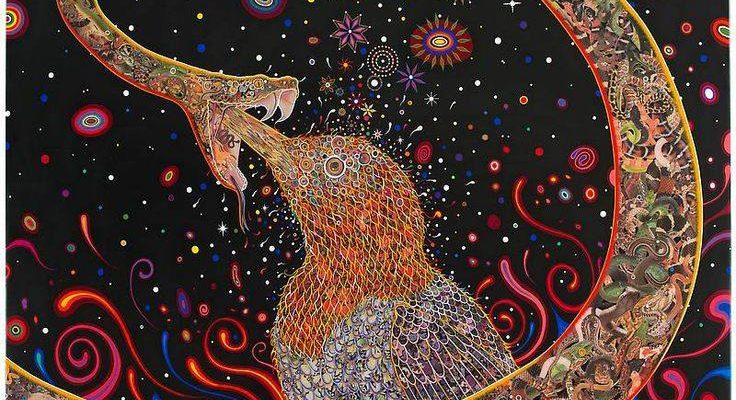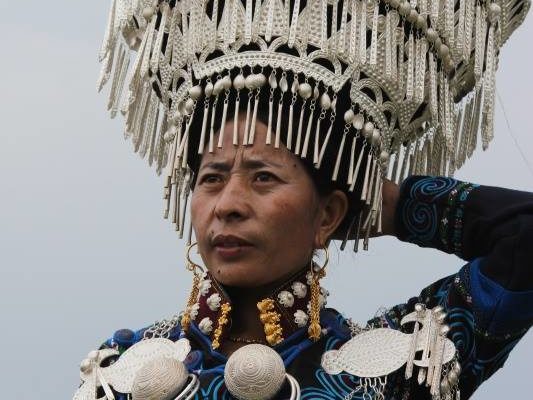Recent Posts
The Oldest Love Poem.
The Oldest Love Poem.
The world’s oldest known love poem. According to the Sumerian belief, it was a sacred duty for the king to marry every year a priestess of Inanna, the goddess of fertility and sexual love, in order to make the soil and women fertile. This poem was most probably written by a bride chosen for Shu-Sin in order to be sung at the New Year festival and it was sung at banquets and festivals accompanied by music and dance.
Its translation:
Bridegroom, dear to my heart,
Goodly is your beauty, honeysweet,
Lion, dear to my heart,
Goodly is your beauty, honeysweet.
[…]
Bridegroom, let me caress you,
My precious caress is more savory than honey,
In the bedchamber, honey-filled, In the bedchamber, honey-filled,
Let me enjoy your goodly beauty,
Lion, let me caress you,
My precious caress is more savory than honey.
Bridegroom, you have taken your pleasure of me,
Tell my mother, she will give you delicacies,
My father, he will give you gifts.
[…]
You, because you love me,
Give me pray of your caresses,
My lord god, my lord protector,
My SHU-SIN, who gladdens ENLIL’s heart,
Give my pray of your caresses. (x)
Courtesy & currently located at the Museum Of The Ancient Orient, Istanbul Archaeology Museums. Photo taken by Yuxuan Wang.
Watts Chapel
Watts Chapel is a stunningly beautiful building situated in the village of Compton, Surrey, near Guildford.
Easter preparations in Lüdge

Easter preparations in Lüdge: For the Osterrad straw stuffed into double wooden wheels.
When Osterrad often means with straw or twigs stuffed oak wheels. These wheels can weigh up to 300 kg and in addition hold 120 kg of straw. Depending on the length and steepness of the slope, these wheels reach high speeds. If they do not remain lying on the road and arrived safely at the foot of the slope, indicates that the popular belief after a good harvest out.
The Osterrad case has a similar function as the Easter fire . A pagan origin has not been established in both cases. Neopagan groups suspect the Osterrad an origin in the pagan Germanic sun cult , as the wheel of fire as a symbol of the sun-disk symbolizing the light and in the dark, the expectations on the arrival of spring.
Etruscan charioteer
Etruscan charioteer. Etruscans, who lived in Etruria, were known as Tyrrhenians by the Greeks. They were at their height in Italy from the 8th to the 5th century BCE. Herodotus (c. 450 BCE.) reports, as a theory of their origin, that the Etruscans came from …
Gilgamesh
I love this part of Gilgamesh as it a remembering of the door we humans have walked through to be where we are today.
ii. Cedar Door
·
In the desolate hours before the Sun returns,
Gilgamesh searched Uruk for his companion,
scoured the broad streets and shuttered alleys.
He found him, waiting eager, at the Sun’s shrine.
They embraced, and Enkidu said: “The day is here—
your Father will bless us as he climbs the sky.”
·
Utu rose resplendent, and Enkidu beseeched him:
“Merciful god, whose Eye has seen the world,
whose Face is never turned away from our need,
why must I die? Did not Father Sky create me?
Have I not brought peace to Gilgamesh the King,
joy and ease to Uruk, throne of god and goddess?
·
“I acknowledge my offenses in the Cedar Forest,
admit my scorn for the Lady and the Great Bull.
But the damage I have inflicted can be made good:
we will restore the Goddess to her privileges,
protect the Great Forest, revere the Divine Bull.
Summon the Council—appeal to their true nature!”
·
The Sun, burning in the sky, returned no answer.
Enkidu scowled, terrified at the god’s rebuke.
Certain that Anu had dismissed Utu’s defense,
he thought of the Cedar Door dedicated to Enlil,
the door whose timid plea the gods had rejected.
Outraged at their sudden disregard, Enkidu spoke:
·
”Door of death: you have renounced me,
abandoned your father to heaven’s malice.
Skulking door: some say you do not think,
yet you outwitted us with your promise,
lured us into the monster’s precinct.
Desiring your grace, we angered the gods.
·
“I cut you from the Tree of Heaven,
smoothed and polished your mute stuff,
conjured your voice, opened your mouth.
You are thick as my fist, twice my height,
moving at a nudge. Nippur worships you;
its people exalt you, ask your auspice.
·
“And faithless you pay me back with death!
You fear the lightning, Enlil’s white fire,
equivocate, acknowledge that I am guilty.
If I had known your duplicitous heart,
you would stand in Utu’s Shining House,
burn between the sun’s fire-winged Bulls.
·
“But I who made you can obliterate you.
I can strike back, expose your treachery,
scrape off my prayer, disown your words.
People will cry out against your fine face;
the king of future days will rip you down,
hang your wood for an archers’ mark!”
·
© 2011, Eric Quinn








